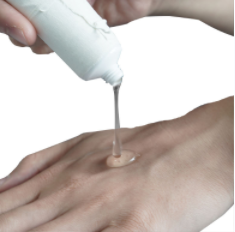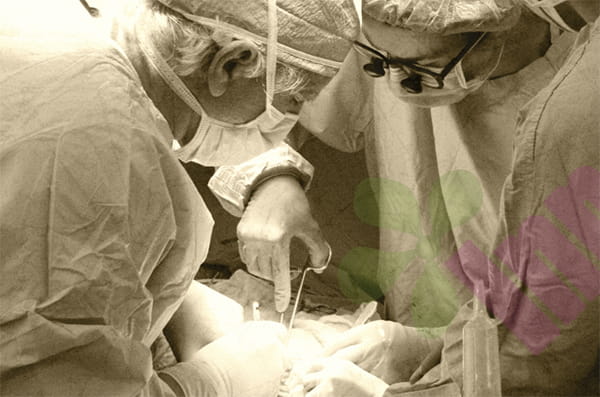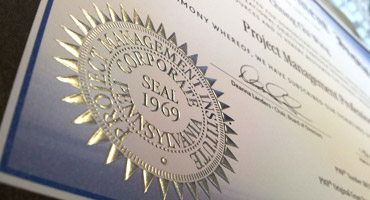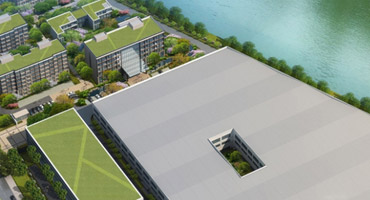While camping outdoors, contact with campfires, stoves, or hot water can cause minor burns. Knowing the correct on-site treatment methods can effectively reduce damage, prevent infection, and promote healing. In a wilderness environment with limited medical resources, it is particularly important to take appropriate measures immediately.

How to determine the severity of burns?
First-degree burns affect only the epidermis, causing redness, dryness, and significant pain, but without blistering. Second-degree burns affect the dermis, causing redness, swelling, pain, and the appearance of transparent blisters with a moist surface. Third-degree burns affect the entire skin layer and may appear white or charred black, with decreased or even absent sensation. Mild first-degree and small-scale second-degree burns are common during outdoor camping. If the burn is larger than the size of a palm or affects specific areas such as the face, hands, feet, or joints, seek professional medical attention immediately.
What is the first step in first aid?
Immediately remove the wound from heat sources and ensure a safe environment. Rinse the injured area with cool, running water for 15-20 minutes. Avoid using ice water, as this may cause additional tissue damage. Carefully remove clothing or jewelry from the injured area, but do not forcefully remove any adhered fabric. Gently cover the injured area with clean gauze or cotton to prevent contamination. Oral pain medication may be used to relieve pain, but avoid applying any ointments.
How to treat existing blisters?
Intact blisters should be maintained as intact as possible, as the blister skin provides a natural protective barrier. If the blister is located in an area prone to friction and is subject to high tension, drainage after disinfection may be considered. First, disinfect the blister and surrounding skin with an iodine-containing cotton swab. Use a flame- or alcohol-sterilized needle to puncture a small hole at the edge of the blister. Gently apply pressure with sterile gauze to allow tissue fluid to drain. Leave the blister skin covering the wound. Apply burn ointment and cover with a sterile dressing.
What common treatments should be avoided?
Avoid applying substances such as toothpaste, soy sauce, and butter to the wound, as these may worsen the injury and lead to infection. Avoid covering the wound directly with cotton wool or other sticky materials. Avoid puncturing any blisters, especially small ones. Avoid forcibly tearing off broken skin. Avoid touching the wound with dirty hands. Avoid soaking the wound in water for extended periods of time.
How to choose the right wound dressing?
Hydrocolloid dressings are suitable for first-degree burns and minor second-degree burns, maintaining a moist environment and promoting healing. Silicone dressings are gentle on newly formed skin and are less likely to cause secondary damage when changed. Foam dressings have a strong ability to absorb exudate and are suitable for second-degree burns with high exudate. Antimicrobial dressings, such as silver-containing dressings, are suitable for wounds at risk of infection. Film dressings can be used to protect healed wounds. When outdoor conditions are limited, clean plastic wrap can be used as a temporary protective covering.
When do you need immediate medical attention?
The burn area exceeds 1 percent of the body surface area, roughly the size of a palm. Burns occur in children, the elderly, or those with chronic illnesses. Injuries may affect specific areas such as the face, hands, feet, and perineum. Third-degree burns may occur, with the skin appearing waxy white or charred black and loss of sensation. Burns may be accompanied by inhalation damage, such as singed nasal hairs and hoarseness. Signs of severe infection may appear on the wound surface, such as purulent discharge, a foul odor, and surrounding redness and swelling.
How can I prevent infection and promote healing?
Clean the wound daily with normal saline or clean drinking water. Change the dressing regularly, depending on the amount of exudate, usually daily. Apply an antibiotic ointment such as mupirocin to prevent infection. Promote healing by taking vitamin C and protein-rich foods. Avoid applying pressure or friction to the wound. Protect the new skin from direct sunlight. Observe the healing process; first-degree burns normally heal in 3-6 days, while second-degree burns take 1-3 weeks.

What alternatives are available in outdoor settings?
In the absence of specialized medical supplies, boiled, cooled water can be used instead of saline for wound cleaning. A clean handkerchief or towel can replace sterile gauze. Plastic wrap can be used as a temporary dressing to protect the wound. Plastic bags can be used to make simple, waterproof protective covers. Mountain spring water can be used for initial cooling and flushing, but subsequent cleaning still requires treated water.
For more information on Innomed®Hydrogel Dressing Tubular, refer to the Previous Articles. If you have customized needs, you are welcome to contact us. You Wholeheartedly. At longterm medical, we transform this data by Innovating and Developing Products that Make Life easier for those who need loving care.
Editor: kiki Jia

 English
English عربى
عربى Español
Español русский
русский 中文简体
中文简体








